SUMMARY
This is AI generated summarization, which may have errors. For context, always refer to the full article.
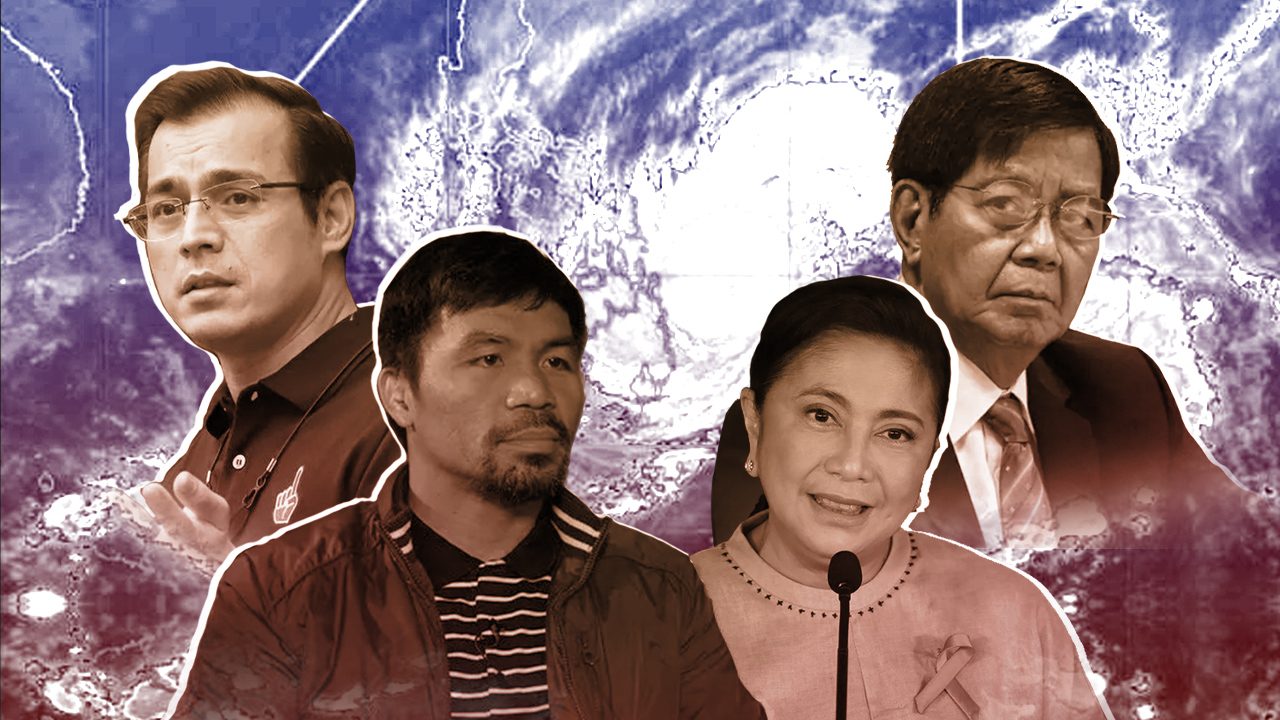
MANILA, Philippines – The Philippines regularly lands in the top 10 countries with the highest risk of experiencing climate change impacts and disasters – powerful cyclones that wreak billions of pesos in devastation, droughts that leave faucets dry, storm surges that threaten seaside communities.
In the Jessica Soho Presidential Interviews aired on Saturday, January 22, four presidential bets weighed in on how they would address the Philippines’ vulnerability to the terrible consequences of a warmer planet. One invited presidential candidate, Ferdinand Marcos Jr., was unable to state his plan because he declined to be interviewed.
Here’s how Senator Panfilo Lacson, Manila Mayor Isko Moreno, Senator Manny Pacquiao, and Vice President Leni Robredo responded to Soho’s question, “What steps will you implement to better prepare for and lessen the effects of calamities?”
We provide a salient quote from their answers and brief analysis below each one.
Robredo: Relocation, resilient infrastructure
Quote: “Para sa akin, bakit hindi na tayo mag-invest na itong mga kababayan natin na nasa danger zones, una mailikas na sila doon. Pangalawa, ‘pag na-relocate na sila, ‘yung eastern portion ng Pilipinas ito ‘yung laging tinatamaan, siguraduhin natin na ‘yung pagkagawa ng mga bahay ay resilient na sa bagyo, ‘yung paggawa ng mga paaralan ay sinisiguro na natin, na at the same time nagagamit siya bilang evacuation centers. ‘Yung paggawa ng mga paaralan sinisiguro natin na pagdating ng bagyo hindi na siya masisira. Kung magpapagawa tayo ng mga evacuation centers sisiguraduhin natin na hindi siya masisira pagdating ng bagyo para nale-lessen ‘yung loss of lives and properties sa atin.”
(For me, why don’t we invest so that our countrymen in danger zones can be relocated. Second, when they are relocated, like in the eastern portion of the Philippines that is always hit by storms, we should make sure their houses are resilient to typhoons, the schools can be used as evacuation centers at the same time. The way the schools are built, we have to make sure they won’t be destroyed when there is a storm so we lessen the loss of lives and property.)
Analysis: This is a concrete proposal on how to better protect communities from climate hazards. Relocating people from areas prone to flooding, landslides, and storm surges has been a constant recommendation by disaster preparedness experts. But relocation is costly and, often, opposed by the communities themselves who depend on where they live for their livelihood. How does one convince a fishing community to move far from the shore? Our building codes are supposed to make sure structures are strong enough to withstand storms, but how should these be enforced to ensure no shortcuts? Do the building codes need to be updated?
Pacquiao: Plant trees, take care of environment
Quote: “Kailangan po natin pangalagaan ang ating kapaligiran. Magtanim po tayo nang magtanim ng puno, huwag tayo magputol ng puno sa ating kabundukan para wala pong buhay na masayang pagdating ng mga calamity na ‘yan. At higit sa lahat po, alagaan po natin ‘yung environment natin. Isulong po natin ‘yung clean and green dahil po bahagi ‘yan ng buhay natin. When God created the world, hindi niya sinabi na there’s a mankind. Doon niya tayo kinuha sa lupa.“
(We need to protect our environment. We should keep on planting trees and stop cutting trees in our mountains so no life is wasted when these calamities strike. Above all, we must take care of our environment. We should push for clean and green because that’s part of our lives. When God created the world, he didn’t say, let there be mankind. He made us from soil.)
Analysis: Senator Pacquiao gave the most motherhood-sounding response among all the presidential aspirants. The most concrete part of his proposal was to plant trees. Forested mountains do prevent landslides. Planting trees boosts the planet’s ability to absorb carbon dioxide, which in turn, helps keep global warming in check, and, by extension, the stronger storms that a warmer climate could produce.
Promoting a “clean and green” lifestyle sounds great but, without details linking it to preventing climate change impacts, it’s difficult to assess the depth of Pacquiao’s knowledge on the issue.
Isko Moreno: Buy disaster preparedness technology, put up better facilities
Quote: “Unang-una, we will add more technology that are available in this world. We will acquire more equipment that are available in this world. Second, magtatatag tayo ng mga pasilidad na nakatitiyak na ‘yung ating mga kababayan hindi naman maging basang sisiw kapag tag-ulan, kapag binagyo, kapag nasunog, kapag nabaha…. Ihanda natin ang tao na mayroon silang kapanatagan kapag may aberya, katulad ng ginagawa natin sa Maynila.”
(We will add more technology that are available in this world. We will acquire more equipment that are available in this world. Second, we will put up facilities that will ensure that our countrymen won’t be like wet chicks during the rainy season, when there’s a storm, fire, or flood…. We should prepare the people so they will feel safe when there’s a disaster, like what we do in Manila.)
Analysis: The Manila Mayor’s proposal is also concrete, since there are innovations and technologies that help prepare for calamities – like weather-monitoring systems and flood-prevention systems. It would have been helpful if he was more specific about the technology we still lack. His pitch for more resilient facilities is similar to Robredo’s proposal of more storm-proof schools and homes. Manila, due to its low elevation and proximity to Manila Bay, is often flooded when a storm passes through Metro Manila. Moreno could have been more specific about how his city has addressed this.
Lacson: Lower carbon emissions, prepare for calamities
Quote: “Unang-una, yung Pilipinas, napakaliit na bansa para makapaglagay ng dent doon sa tinatawag na climate change na problema. But then we are still part of an international community of nations and we can do our share. Dapat mag-isip tayo ng, alam mo ‘yung renewable energy. Mayroon tayong batas diyan eh…. ‘Yung carbon emissions napakalaking problema…. We can do our share in this regard. ‘Yung kalamidad, dapat naka-ready tayo. Ang problema, pati ‘yung kalamidad pinagkakakitaan pa.“
(First of all, the Philippines is too small a country to make a dent in the problem of climate change. But then we are still part of an international community of nations and we can do our share. We should think of renewable energy. We have a law for that… Carbon emissions are a big problem… We can do our share in this regard. As for calamities, we have to be ready. The problem is, people make money even out of calamities.)
Analysis: Senator Lacson gets plus points for linking climate hazards to carbon emissions, even mentioning the Glasgow climate summit held in November 2021 that sought to get rich countries to make bigger promises to reduce carbon emissions. In climate change jargon, Lacson was addressing the mitigation aspect of the climate change problem. Unfortunately, this left him little time to expound on the adaptation aspect – how to prepare communities for storms, intense droughts, flooding, and landslides.
– Rappler.com
Add a comment
How does this make you feel?
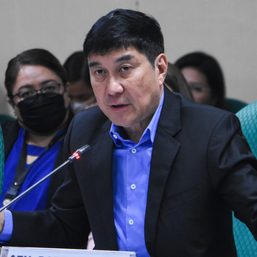

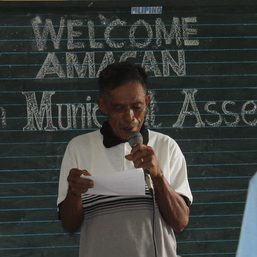
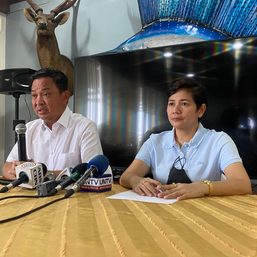
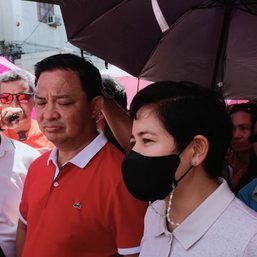
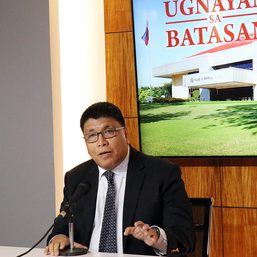
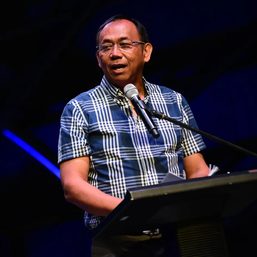
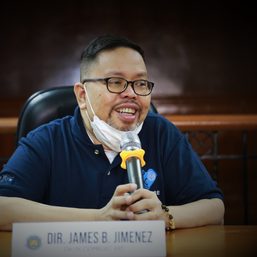
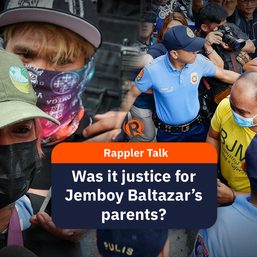
![[New School] Tama na kayo](https://www.rappler.com/tachyon/2024/02/new-school-tama-na-kayo-feb-6-2024.jpg?resize=257%2C257&crop=290px%2C0px%2C720px%2C720px)







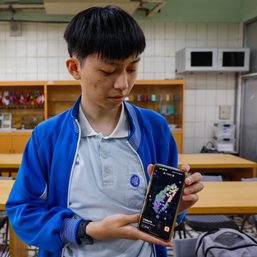

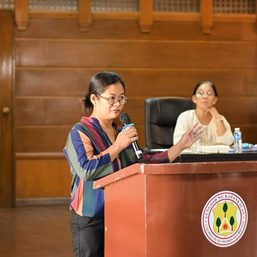

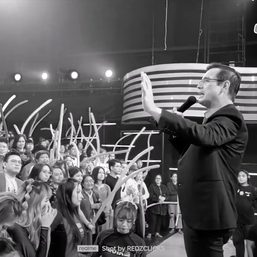
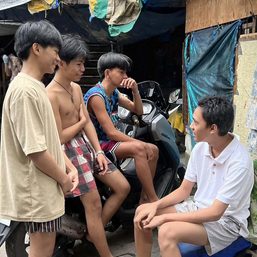
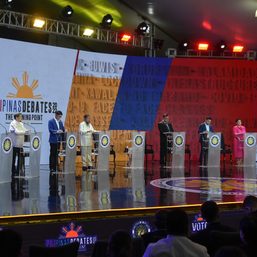
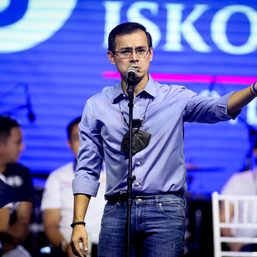
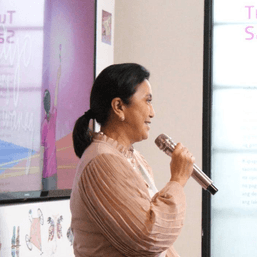

![[Newspoint] A fighting presence](https://www.rappler.com/tachyon/2024/07/thought-leaders-a-fighting-presence.jpg?resize=257%2C257&crop=441px%2C0px%2C1080px%2C1080px)
![[Closer Look] ‘Join Marcos, avert Duterte’ and the danger of expediency](https://www.rappler.com/tachyon/2024/06/TL-trillanes-duterte-expediency-june-29-2024.jpg?resize=257%2C257&crop_strategy=attention)

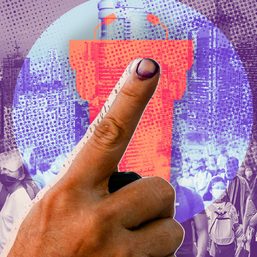
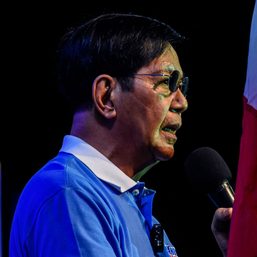
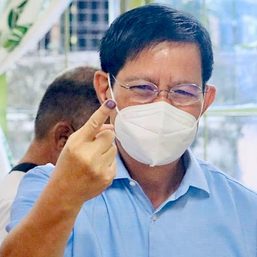
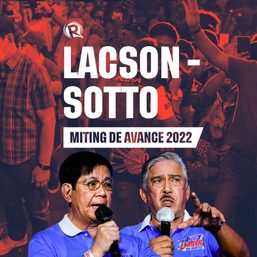
There are no comments yet. Add your comment to start the conversation.